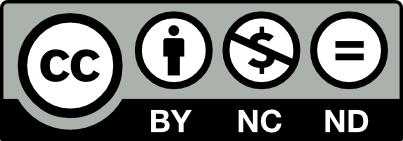This page is licensed under Creative Commons under Attribution 4.0 International. Anyone can share content from this page, with attribution and link to College MatchPoint requested.
Unlocking the Potential of 529 Plans: How to Make the Most of Your College Savings
With the recent celebration of college decision day, now is the perfect time for parents to plan their withdrawals from 529 college-savings plans. These tax-advantaged accounts have become increasingly popular as a way to save for education expenses, and it's crucial to understand how they work to maximize their benefits.

Growth of 529 Plans
The 529 account has emerged as the preferred college-savings plan, offering tax-free contributions and withdrawals for eligible education expenses. By 2022, the value of net assets in 529 plans had more than doubled, reaching $388 billion. To take full advantage of these plans, account owners should maintain thorough records, particularly for unique expenses, and be aware of upcoming changes, such as the potential rollover into Roth IRAs.
Eligible Institutions
Funds from 529 accounts can be utilized at nearly all accredited colleges and universities in the United States. Additionally, many trade schools qualify for 529 fund disbursements.
Permissible and Impermissible Expenses
Eligible expenses for 529 funds include tuition, fees, books, supplies, and equipment. Computers, software, and internet access are also covered if they are primarily for educational purposes. Account holders can use up to $10,000 to repay student debt for the named beneficiary or their siblings or stepsiblings. This limit is per individual.
IRS Reporting for 529 Withdrawals
Tax-free 529 withdrawals do not need to be reported on tax returns. These funds can grow tax-free for decades after incurring education expenses.
Taxable Withdrawals and Penalties
If a 529 payout exceeds total eligible expenses, income tax and a 10% penalty often apply to the earnings, but not the principal. Exceptions to the penalty exist for scholarships and other circumstances.
Maximizing Benefits with 529 Withdrawals
When a student qualifies for tax-free scholarships, the American Opportunity Credit, and 529 withdrawals, the optimal strategy is to maximize the scholarships and Opportunity Credit before using 529 withdrawals.
Transferring and Inheriting 529 Accounts
Account owners can change the beneficiary without tax consequences if the new beneficiary is a family member. 529 accounts can also be bequeathed to others upon death.
Rollovers to Roth IRAs
Starting in January 2024, account holders with excess 529 funds will have the option to rollover their accounts into Roth IRAs. This change provides an additional opportunity for those with unused funds to continue saving for their future.


